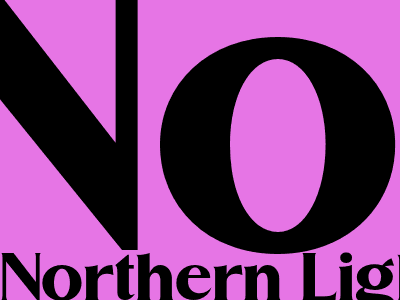Northern Lights Forecast By Zip Code
Accurate Predictions for Your Location
The Northern Lights, also known as the aurora borealis, are a natural phenomenon that occurs when charged particles from the sun interact with Earth's magnetic field. These particles create a stunning light show in the sky, visible in high-latitude regions. If you're hoping to catch a glimpse of this celestial spectacle, it's important to know when and where to look.
Predictive Tools
The National Oceanic and Atmospheric Administration (NOAA) provides a forecast of aurora activity that can help you plan your aurora viewing trip. The forecast is based on data from satellites that monitor the flow of charged particles from the sun. The forecast predicts the likelihood of aurora visibility on a scale of 0 to 9, with 0 being no aurora activity and 9 being the highest level of activity.
How to use the NOAA forecast:
- Visit the NOAA website: https://www.swpc.noaa.gov/products/aurora-30-minute-forecast
- Enter your zip code or the location you'll be viewing from
- Check the forecast for the date and time you'll be viewing
Factors Affecting Visibility
Several factors can affect the visibility of the Northern Lights, including:
- Cloud cover: Clouds can block the view of the aurora.
- Light pollution: Bright lights from cities and towns can make it harder to see the aurora.
- Geomagnetic activity: The strength of the geomagnetic storm determines the intensity and visibility of the aurora.
Tips for Viewing the Northern Lights
To increase your chances of seeing the Northern Lights, follow these tips:
- Travel to a high-latitude location: The Northern Lights are most commonly seen in areas north of the Arctic Circle.
- Find a dark location away from light pollution: Get as far away from city lights as possible.
- Check the forecast and plan your trip accordingly: The NOAA forecast can help you determine the best time to view the aurora.
- Be patient: The Northern Lights can be unpredictable, so don't get discouraged if you don't see them right away.
Related Questions
- What is the best time to see the Northern Lights? The Northern Lights are most commonly seen during the winter months, from September to April.
- Where is the best place to see the Northern Lights? The best places to see the Northern Lights are in high-latitude locations, such as Alaska, Canada, Scandinavia, and Iceland.
- How long do the Northern Lights last? The Northern Lights can last for a few minutes or several hours.

Komentar